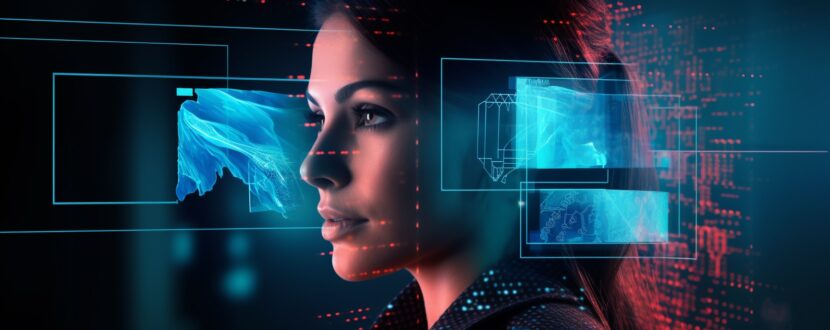In an age of rapid tech advancements, the banking industry faces fresh security risks. We’ve moved beyond the era of simple password breaches. Now, we’re grappling with elaborate frauds like 3D-printed fingerprints and digital face constructs.
New technologies to counter these new-age threats are essential. Tools like liveness detection, for example, are not options; they’re likely to be a necessity before long.
Understanding Liveness Detection
Liveness detection is pivotal in biometric authentication systems. Simply put, it is a means to verify biometric signals provided by an individual. It confirms that a real person is physically present and interacts with the system during data collection.
It is often referred to as “anti-spoofing” or “liveness verification.” The system employs various advanced techniques to discern genuine biometric data from fakes. This adds a crucial security layer, ensuring the authentication process interacts with a genuine source.
Why Liveness Detection is Essential for Banking
Liveness detection is becoming an indispensable asset for banks to counter increasingly sophisticated fraud attempts. As traditional safeguards like passwords and two-factor authentication fall short, liveness detection adds a crucial, real-time layer to identity verification.
Halting Identity Theft
While typical verification methods have their drawbacks, liveness detection takes security up a notch. It proves that the individual attempting to access an account is not just the correct person, but is also alive and present during the transaction. This makes it exceedingly difficult for criminals to use stolen or forged biometric data, significantly reducing the risk of identity theft, a dominant form of banking fraud.
Instant Checks, Lower Fraud
Liveness detection offers quick yet rigorous verification in time-sensitive banking operations like online transfers. The system substantially lowers an organization’s overall fraud risk by confirming that the rightful account owner is conducting the transaction.
Boosting Multi-Factor Authentication
Multi-factor authentication (MFA) already includes elements like passwords and mobile devices. Liveness detection fortifies the biometric component by adding real-time human interaction to the mix. This creates a dynamic, evolving security protocol that can adapt to emerging types of fraud.
Adding the Human Touch to Digital Security
Its ability to inject the “human factor” into digital safeguards sets liveness detection apart. By demanding a real, live person for verification, the system adds a unique layer of authenticity that is nearly impossible for fraudsters to fake.
How Does Liveness Detection Work?
Liveness detection offers a resilient, real-time layer of security that deters unauthorized account access. As banks navigate a digital environment rife with evolving threats, liveness detection remains a cornerstone in fraud prevention.
It offers a versatile solution through three key approaches: Active, Passive, and Hybrid models. Each plays a unique role in building a robust security system.
Active Models
These go beyond mere accuracy tests; they’re tests for reality. They prompt actions like blinking to confirm the presence of a live subject, making it harder for fraudsters to use digital or static representations.
Passive Models
This is about silent scrutiny. These models auto-analyze factors like lighting and texture, making a quick yet thorough assessment without requiring user interaction.
Hybrid Models
As the name implies, this is a fusion of active and passive techniques. The Hybrid model of liveness validation offers an intensified layer of security that significantly minimizes the risk of breaches.
A Comprehensive Defense: The Three Pillars of Verification
Liveness detection integrates cutting-edge algorithms and machine learning to create an unyielding security structure.
But, however groundbreaking a security technology might be, banking security can’t rely on a single solution. Liveness detection forms part of a comprehensive, three-tiered approach to security.
Together, these pillars offer an all-encompassing, real-time authentication protocol. It doesn’t just ward off fraud; it builds trust, ensuring a secure and fluid banking experience for all customers.
Step 1 | Data Source Detection
In addition to liveness detection, data source verification is also important. This first step does more than just basic checks. It cross-references a client’s data with trusted databases, laying the groundwork for the next layers.
Step 2 | Document Authentication
The next step in the validation process involves a rigorous analysis of identification documents. It’s not a quick look; it’s a detailed examination aimed at detecting even sophisticated forgeries.
Step 3 | Liveness Confirmation
This is the final, critical barrier. It integrates previous steps, employing facial mapping tech to confirm document and user authenticity.



